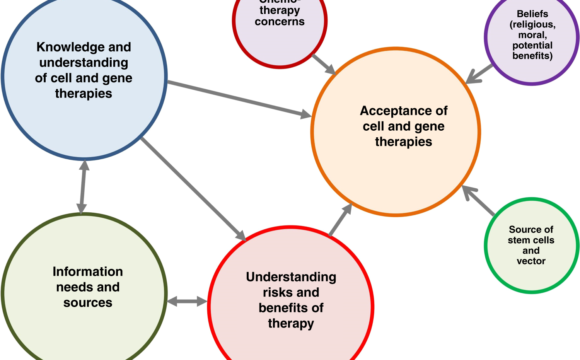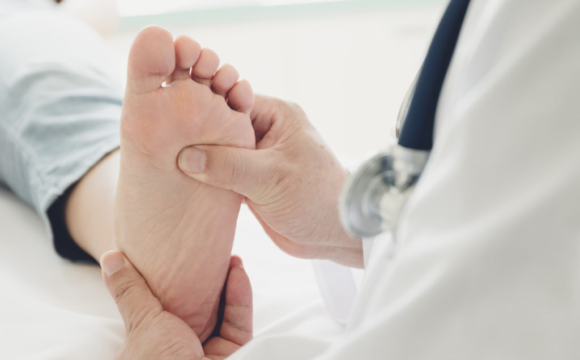Hair loss can be a deeply personal and challenging experience for many men. Male pattern baldness, also known as androgenetic alopecia, is the most common cause of thinning and shedding in men. It occurs gradually and follows a predictable progression, making it easier to identify and address. Understanding this progression can help individuals better manage their condition and explore suitable treatments.
The Basics of Male Pattern Baldness
Male pattern baldness is largely driven by genetics and hormones, progressing through distinct stages of male pattern baldness. It occurs when follicles shrink due to sensitivity to dihydrotestosterone (DHT), a testosterone-derived hormone. Over time, this causes strands to become thinner and shorter until new growth stops altogether. The progression of male pattern baldness is divided into distinct stages, often classified using the Norwood Scale. This system offers a clear framework for understanding the severity and pattern of hair loss.
Stage 1: Minimal or No Hair Loss
In the earliest stage, loss is either nonexistent or very subtle. Most individuals will not notice significant changes during this phase. The hairline remains intact, and the density is normal. Regular observation and early action can help slow progression, particularly if a family history of baldness is present.
Stage 2: Receding Hairline

During stage 2, a slight recession of the hairline becomes noticeable, especially at the temples. This stage is often referred to as the “mature hairline.” While it may not seem drastic, it marks the beginning of visible hair loss. At this point, individuals may want to consider preventative measures to slow further progression.
Stage 3: More Pronounced Hairline Recession
Stage 3 is characterized by deeper recession along the temples, forming an M-shaped pattern. In some cases, thinning at the crown may also become apparent. This stage is often when loss becomes a concern, prompting many to explore treatment options to preserve their remaining coverage.
Stage 4: Significant Hair Loss
At this stage, the hairline’s recession and crown thinning are more pronounced. A band of hair may still separate the areas of baldness at the front and crown, but this hair is often thinner than before. For individuals experiencing stage 4 baldness, treatments targeting hair restoration can be highly effective in addressing these changes.
Stage 5: Advanced Hair Loss
Stage 5 represents more extensive shedding. The areas at the crown and temples expand, and the band separating them begins to thin and fade. This stage signals a more advanced progression of male pattern baldness, and intervention becomes more critical to restore or maintain coverage.
Stage 6 and beyond: Severe Baldness
Stages 6 and 7 represent the most advanced phases of male pattern baldness. By stage 6, hair loss at the crown and temples merges, leaving only a horseshoe-shaped band of hair around the sides and back. Stage 7 involves complete loss on the top of the scalp. At these stages, surgical and non-surgical hair restoration options can effectively restore a natural appearance.
Solutions for Addressing Male Pattern Baldness
For those experiencing loss, numerous treatment options from reputed clinics are available. Non-invasive approaches, such as topical treatments and medications, can slow the process during the early stages. Advanced restoration techniques, like follicular unit extraction (FUE), provide a permanent solution for more significant thinning. These treatments aim to restore density and natural appearance, helping individuals regain their confidence.
Understanding the stages of male pattern baldness is essential for managing hair loss effectively. Early recognition and intervention can significantly slow its progression, preserving hair and confidence. Whether through noninvasive treatments or advanced restoration techniques, individuals have access to solutions modified to their specific stage and needs. With modern advancements in hair care and restoration, effective options are available to help men embrace their journey with renewed confidence and a sense of control.







